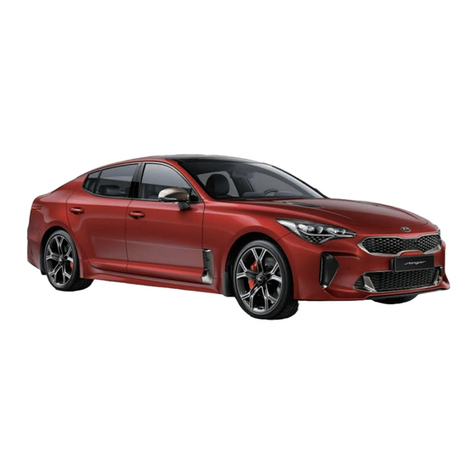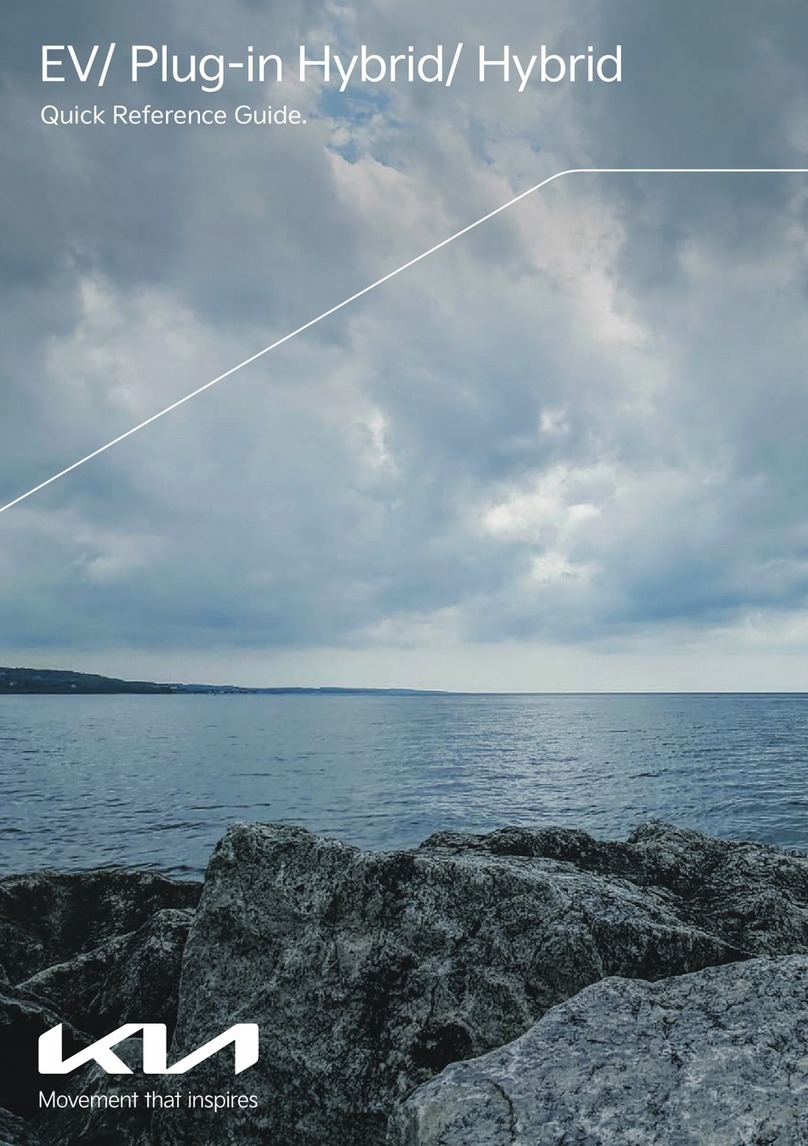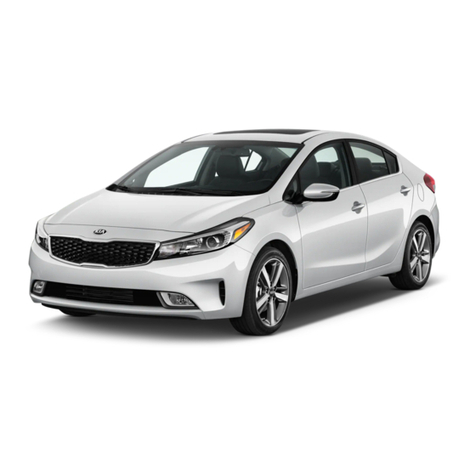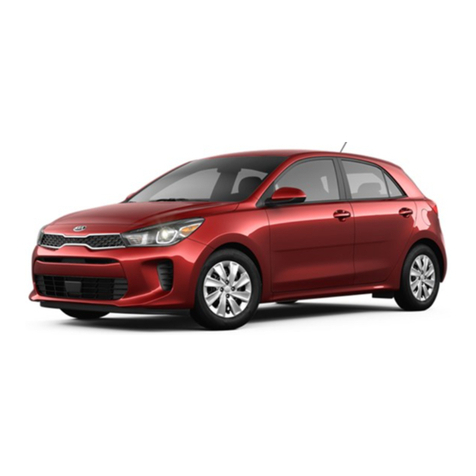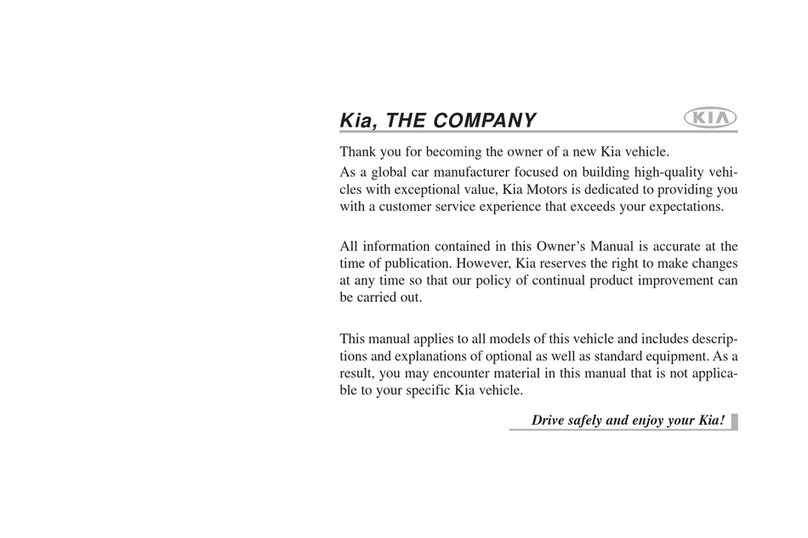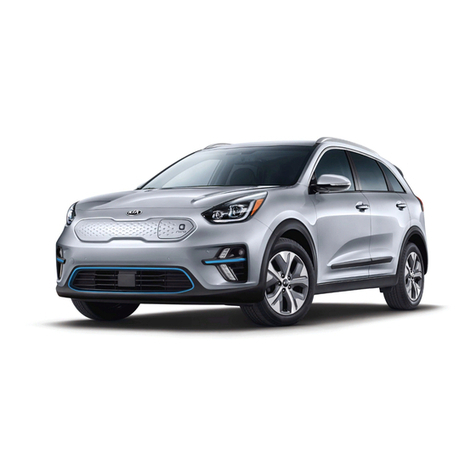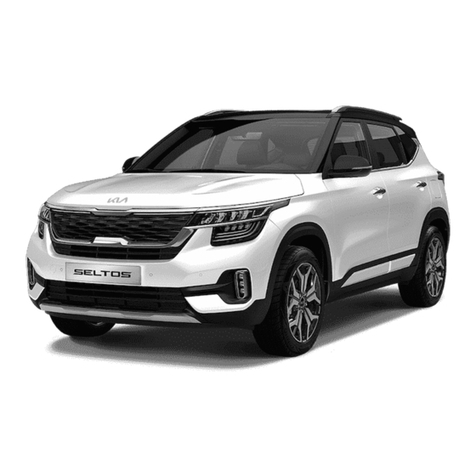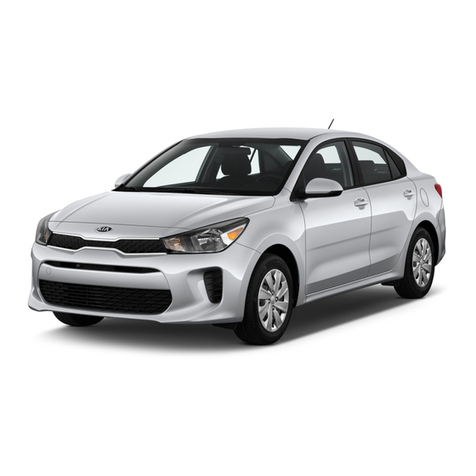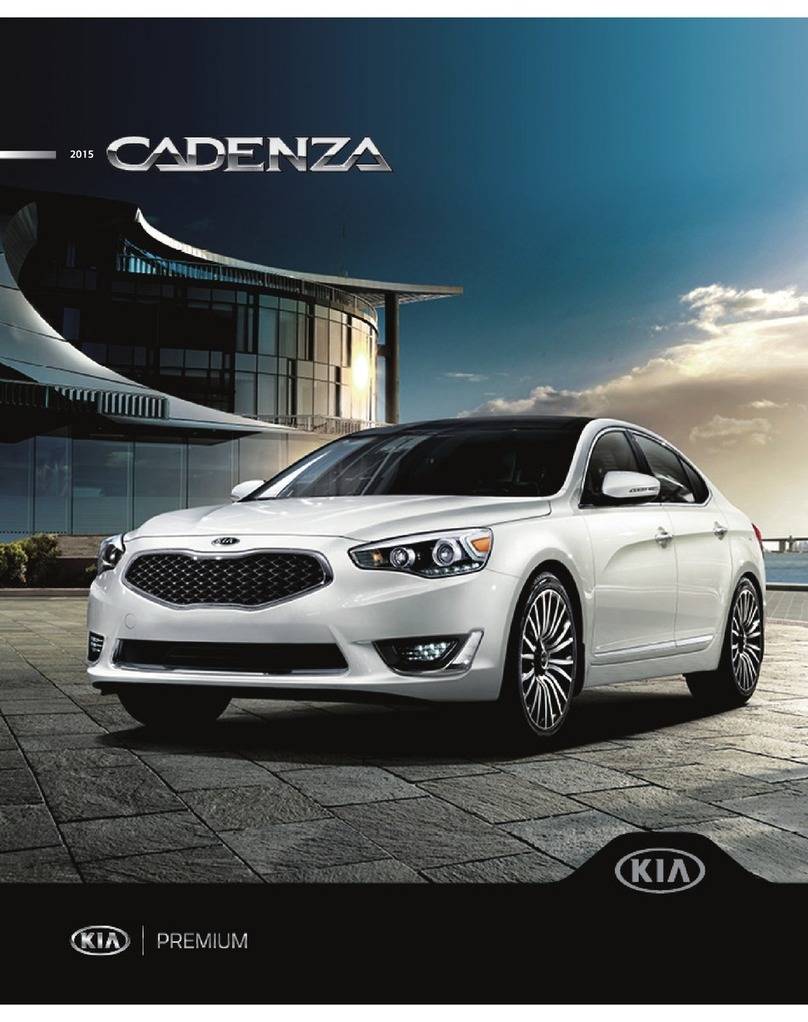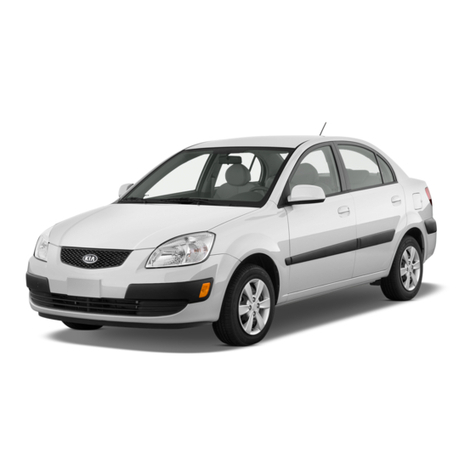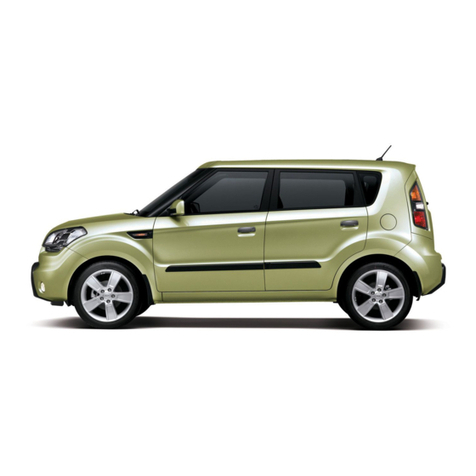Review of electric vehicle.........................................................1-02
Characteristics of electric vehicles.....................................1-02
Battery information............................................................. 1-02
Main components of electric vehicle......................................1-03
High voltage battery (lithium-ion polymer).....................1-04
EV mode......................................................................................1-06
Available range...................................................................... 1-06
Energy information...............................................................1-07
Charge Management............................................................ 1-08
ECO driving............................................................................. 1-10
EV setting...............................................................................1-11
Charge types for electric vehicle............................................ 1-13
Charging information............................................................1-13
Charging time information.................................................. 1-14
Charge indicator lamp for electric vehicle.............................1-16
Charging status information...............................................1-16
Charging connector lock...........................................................1-17
Charging connector AUTO/LOCK mode..............................1-17
Reserved charging.....................................................................1-18
Precautions for charging electric vehicle.............................. 1-19
Charging precautions............................................................1-19
Charging electric vehicle (AC charge).....................................1-21
AC Charge............................................................................... 1-21
Charging electric vehicle (DC charge).....................................1-28
DC Charge ..............................................................................1-28
Charging electric vehicle (trickle charge)...............................1-32
How to Use Trickle Charge...................................................1-32
Trickle charge.........................................................................1-33
Actions to be taken for electric vehicle charging issues.... 1-46
Driving electric vehicle..............................................................1-47
How to start the vehicle...................................................... 1-47
How to stop the vehicle....................................................... 1-47
Virtual Engine Sound System (VESS)................................ 1-48
Distance to empty................................................................ 1-48
Tips for improving distance to empty...............................1-49
Power/Charge Gauge........................................................... 1-50
State of charge (SOC) gauge for high voltage battery.... 1-50
Warning message on LCD display (related to
electric vehicle)......................................................................1-51
Warning and Indicator Lights (related to electric
vehicle).................................................................................... 1-57
Safety precautions for electric vehicle..................................1-59
If an accident occurs.............................................................1-59
Other Precautions for Electric Vehicle...............................1-60
Service Interlock Connector.................................................1-61
Service plug............................................................................ 1-61
Electric vehicle guide
1

